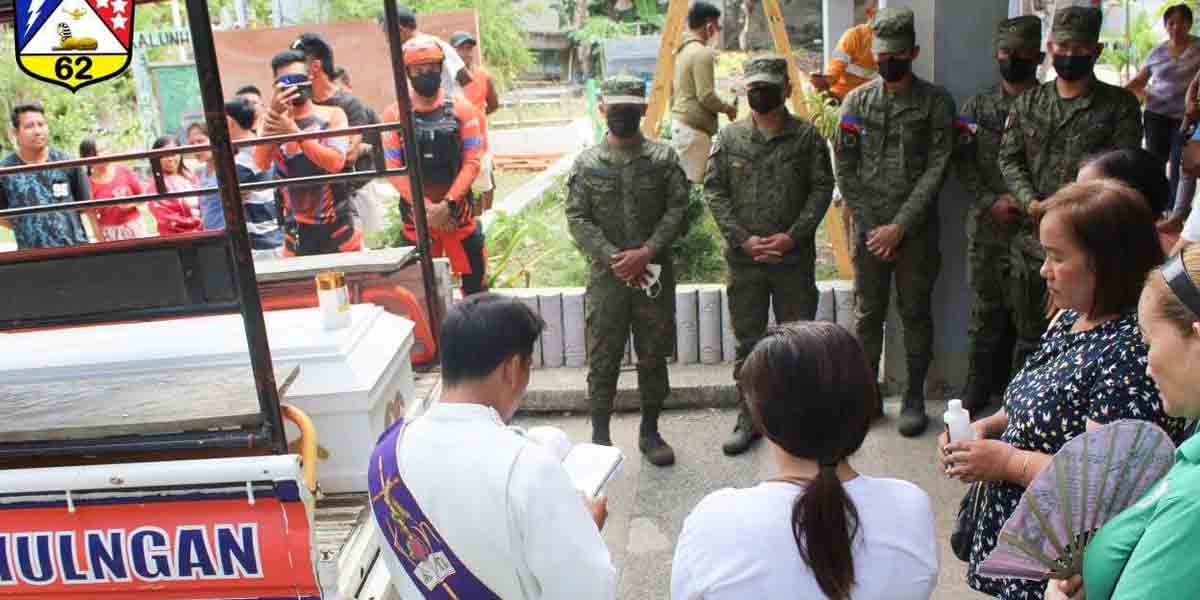 By Modesto P. Sao-noy
By Modesto P. Sao-noy
President Rodrigo Duterte has approved the recommendation of the Inter-Agency Task Force for the Management of Emerging Infectious Diseases to move the opening of the next school year to September in areas placed under General Community Quarantine due to the coronavirus disease 2019 (COVID-19) pandemic.
Some restrictions are eased in areas under GCQ.
In a taped public address aired Friday morning, presidential spokesperson Harry Roque read the recommendations of the IATF-EID in response to the coronavirus pandemic—among of which was the opening of schools in September. Occidental Negros is among the provinces placed under GCQ.
Earlier, the Department of Education was reported exploring the option of moving classes to August. With the President adopting the inter-agency recommendation, September will be the new school calendar.
For years, several educators had been proposing to move the school opening to September and they had solid arguments to prove why, but they never succeeded because parents opposed the move. Now covid-19 proved to be most persuasive for the September opening.
Republic Act 7977 or the act on lengthening of school calendar however states that opening of classes should be made between the first week of June and the last day of August.
DepEd Secretary Leonor Briones earlier said the department is conducting nationwide consultations, including business partners and education experts, on when the next school year will start. Trends point to an opening on August 4, but the school year opening is now a settled issue.
On the other hand, Briones is speaking about “alternative delivery modes” that do not require face to face interactions among students and teachers. Indeed, new technologies have reached a level that personal presence is no longer necessary.
I was just watching an email sent by Fr. Sean Coyle from Ireland where the Royal Choral Academy of London celebrated Easter with their traditional rendition of Hallelujah chorus from Handel’s Messiah that they sing every year at the Royal Albert Hall in London for generations without fail. The only time that the concert was canceled was during the Germa n blitz bombing of London during World War II.
The wonder in this chorus with full orchestra accompaniment is that the dozens of singers and the orchestra were at home, and in formal concert attire while their conductor was at his lawn, also in full attire swinging his baton.
In another video that Fr. Sean sent, was a full orchestra appropriately tagged “Mozart in Quarantine”. It featured the Jerusalem Street Orchestra playing in full coordination, but each player was at home in ordinary clothes. The music is just as perfect as if they were in a theater or opera house.
While we agree with the DepEd approach to “alternative delivery modes” in teaching ten million kids, do they have the equipment for this alternative? At first thought the internet connection comes to mind. Does the Philippine have a national broad band that will serve the farthest barangay or sitio in this country where lessons and programs will be able to use this alternative delivery system?
I am just citing the broad band. How about the computers? If we are talking of delivering the lessons at home, imagine the number of computers needed and the funds that parents will have to spend for them, when they cannot even provide enough for food or transport fares.
And the teachers. How well are they prepared for a new method where teacher and pupils do not meet? Are schools also equipped with the new technology?
There are many questions about home learning. There are not only concerns about the lesson but the social aspects that the school provide, like learning how to adjust to one’s peers as well as to adults.
Most Filipinoparents need the financial means to adopt to the new teaching technologies. Here most parents, not only do not have competence in the new learning and teaching technologies, they have no means of helping their children with them.Lessons are not like cellphones.
Let us just start the school year in September and consider it an adjustment in terms of time and yet keeping in mind that we can move on to new technologies in teaching but without losing sight of the need of children for friendship and relationships with a wide variety of people and most of all, learning the basics of social discipline.





















